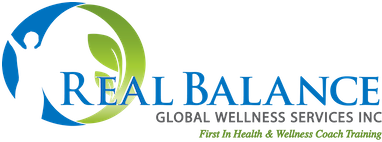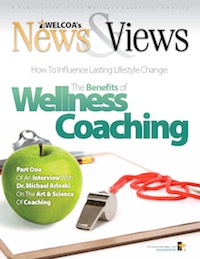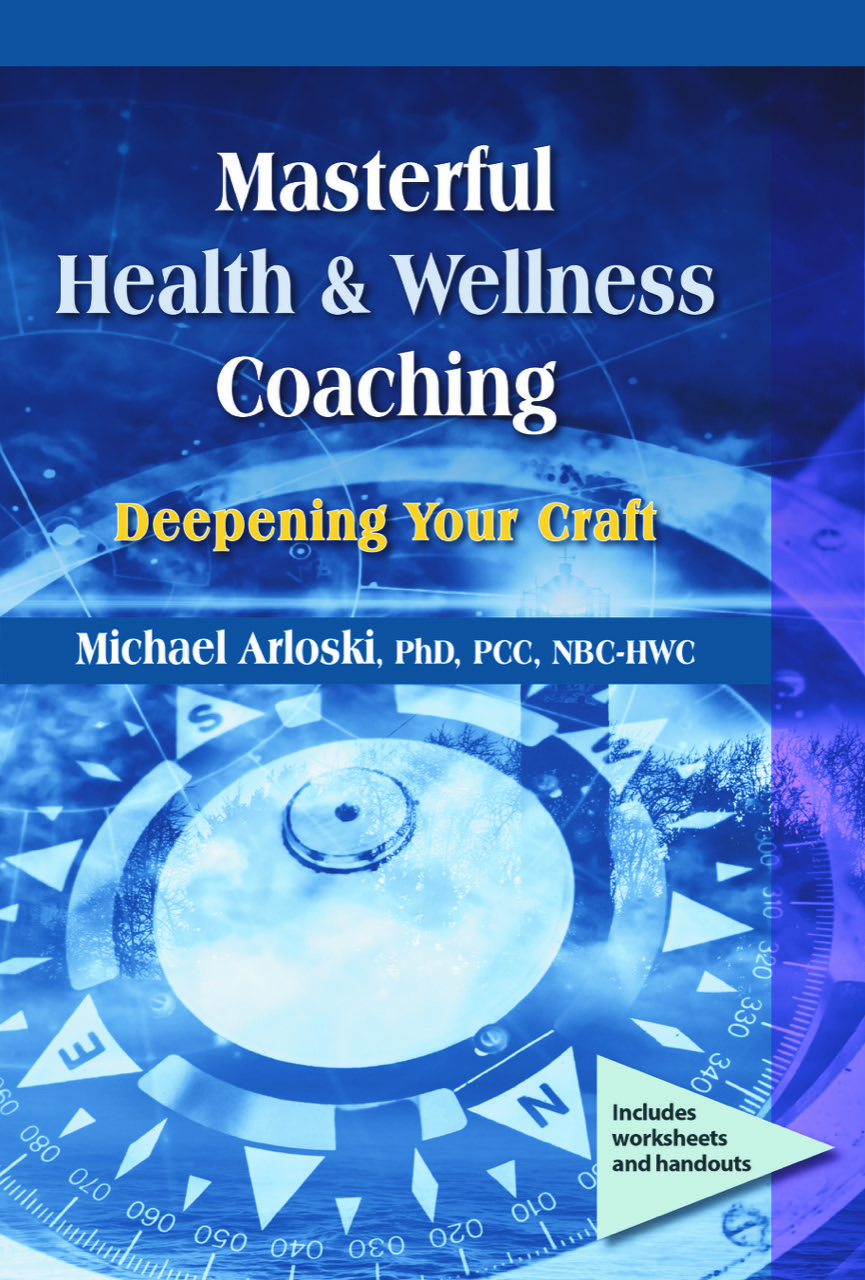Structuring Great Wellness Coaching Sessions: Part One – How to Get Started

“So! What do you want to talk about today?” Your client responds with the first thing on their mind. You start processing the topic with them and then…what? Or, you greet your client and start checking in on what they had made commitments to working on and when the first one is brought up you begin processing it and…then what?
Health and wellness coaches often struggle with launching their regular, ongoing sessions with their clients. With an allegiance to being client centered, coaches may simply follow wherever their client leads. The result, all too often is a rambling and less than productive session. String enough of those kinds of sessions together and the coaching may go nowhere and end prematurely.
We may also see a coach take the reins of the session too tightly in their fists and want to begin the session exactly where client and coach left off at the last session. “So last time we talked about your challenges in finding people to support you in making healthy lifestyle changes. Tell me more about how that has been going.” The client may have come into the session wanting to focus on something entirely different than their topic a week or two ago.
Co-Creating The Agenda
When a highly functioning project team meets together to discuss their work, an effective leader will begin the meeting by gathering input from all present and work cooperatively to weave together an agenda. All present can contribute what they see as needing to be discussed. That information is recognized and taken in for consideration and prioritization. Then, and only then is the agenda set and everyone knows where and how we will start the down to business part of the meeting. Think of this same process being applied with you and your client.
Consider this structure for starting your session with your client:
- Greet and Connect. Small talk. Keep it brief.
- Check-in.
- Client reports in on their efforts at lifestyle improvement, on their action steps that they made a commitment to at the last session.
- Coach acknowledges the client’s efforts. Briefly acknowledges and celebrates wins. Empathizes with disappointments.
- Coach and client – and here is the key – DO NOT PROCESS what the client is reporting on. Save that for after you two have co-created the agenda. “That sounds really important to you. We’ll be sure to talk about that today. What else…”. Gather it all in.
- Co-Create The Agenda for the Session
- Coach enquires about what else the client wants to focus on during today’s session. Again – DO NOT BEGIN PROCESSING. You are still gathering in topics to discuss, not discussing them.
- The coach contributes suggestions to be included in the agenda. Yes, you are part of the “CO” in CO-CREATION. You may want to remind your client that there is still work to be done on the creation of the client’s Wellness Plan. You may want to hear any updates that they have from seeing their physician recently, etc.
- Coach and client weave together an agenda for the session based upon what they mutually determine to be of importance and what order of priority they need to follow.
- Remember the Importance of Dancing in the Moment
- Despite the co-creation of a wonderful agenda, be prepared to modify it or even abandon it entirely depending upon what happens in the session.
- Your client may discover a profound insight that hits them emotionally and processing that may become your new priority in the here and now. Or your client may realize that there needs to be a real shift in the focus of the coaching.
- Expect nothing. Be prepared for anything.
- Now You Can Begin Processing

Step By Step – The Check In
Once coaching has been underway our clients are usually making commitments to specific Action Steps that they will work on between coaching sessions. This, of course, is where the real lifestyle behavioral change takes place. When those Action Steps were co-created and agreed upon at the last session there was some form of accountability set up – often just checking in at the next appointment about the progress. Now is the time for the all-important follow through on that accountability. Successes are celebrated as “wins”. Acknowledging what it took (effort, strength of character, tenacity, overcoming obstacles, etc.) to succeed is the essence of the strength-based, positive psychology coach approach. The key is to do this briefly and hold off on processing for later in the coaching session.
When our clients aren’t able to succeed in their Action Steps, we need to meet our client with compassion but not give them a “free pass” (Oh, that’s alright. I know it’s hard to do these things.). Acknowledge their feelings. Empathize. Then commit to exploring it later in the session as it often takes some real processing to make progress. Again, this will require more time and concerted effort, so post-pone the processing until after the agenda is co-created. Then you will have time to work on it more productively.
Step By Step – Co-creating The Agenda
Once the Check-In feels complete you will have some of the elements or topics to include in the agenda that you and your client are co-creating. In addition to those items it is critical that you enquire about what the client wants to focus on during the session. Do this before you suggest topics (such as picking up on subjects from the last session or taking the next step on designing their Wellness Plan). If your client has filled out a Coaching Session Prep Form, you will have some of this information listed but still enquire directly.
Remember the meta-view. As you began to assemble your agenda ask your client some key questions:
- How is this topic related to your overall Wellness Plan?
- As we work on this together, what would progress look like?
- Ideally what is the outcome you would like to see and how will we know if we have gotten there?

That last item, frankly, I find often very difficult for clients to identify. Do your best to help your client clarify this. The relevance to the overall Wellness Plan is like referring to the compass that guides the whole coaching process. If it’s not relevant, in some way, why are we talking about it?
In an especially helpful article from the International Coaching Federation (ICF) website, (https://coachingfederation.org/blog/establish-the-agenda#) Lisa Rogoff gives some excellent guidance. “Sometimes clients don’t show up with a clear agenda, or they think it’s clear, but we need to do some work to make it resonate. I constantly remind my client (and myself): Slow down to go fast. I’ll often spend 15 minutes crystalizing what the client wants to work on and why. It is time well spent. From there we cut through the noise and focus.” Now, Rogoff is most likely referring to hour-long sessions which very few health and wellness coaches do, so adjust your timing accordingly. The point is worth remembering though, the time invested up front will pay off in productivity.
Our agenda building is not quite done yet. Co-creation means you and your client both have input on this agenda. This is where your own session preparation pays off. As our client’s coach we can help navigate by looking at the meta view referred to above. It’s like on our client’s voyage of growth and discovery we can continually look at our map and see where we are on our course of progress. We have a perspective that is difficult for our clients to step back and perceive as they struggle with their day-to-day efforts. By referring to your notes from previous sessions you can see where your client is at with the methodology of behavioral change. Are we rushing into simple goal setting when we have yet to help our client take stock of their wellness, strengths, assets, and resources? This can be where our knowledge of behavioral change theory, especially for example The Transtheoretical Model of Behavior Change, really pays off. (https://www.prochange.com/transtheoretical-model-of-behavior-change)
Structure is Your Friend
Structure is your friend, don’t make it your master. Once the agenda is agreed upon you can devote the greatest part of the coaching session to processing and then go on to next steps. We’ll share more about how this looks in our next health and wellness coaching blog.
Michael Arloski, Ph.D., PCC, NBC-HWC is CEO and Founder of Real Balance Global Wellness Services, Inc. (www.realbalance.com). Dr. Arloski is a pioneering architect of the field of health and wellness coaching. He and his company have trained thousands of coaches around the world. Dr. Arloski’s newest book is Masterful Health & Wellness Coaching: Deepening Your Craft https://wholeperson.com/store/masterful-health-and-wellness-coaching.html








Only registered and logged in readers can leave comments.